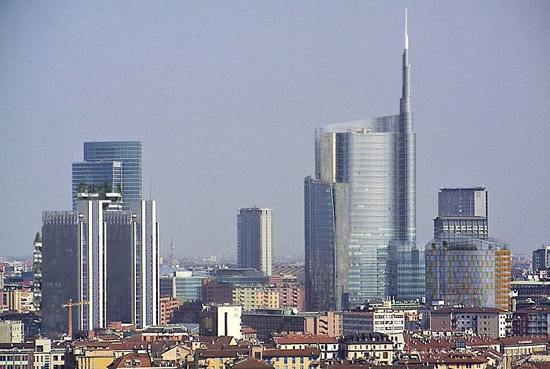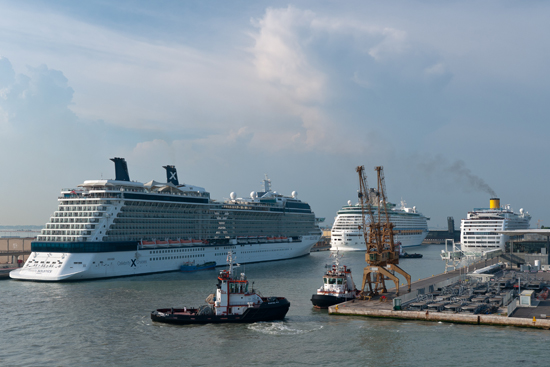Country Snapshot: Trade Overview
Italy possesses a diversified industrial economy driven by the manufacturing of high-quality consumer goods and a literate, well-educated workforce. The country’s economic strength lies in its manufacturing industry, fueled by small- and medium-sized family-owned firms. Italy lacks natural resources, which means it must import goods, and its public and government debt are exceptionally high. The global economic downturn of 2008 severely affected Italy’s export market for luxury goods and the economy went into recession and has remained sluggish since. Italy’s trade ties with other European Union (EU) nations remain dominant, but the nation struggles with the effects of globalization, as China has eroded Italy’s lower-end industrial product sector.
Trade History
Records exist from the ninth century BC showing that the Etruscans developed a trade network that included other European cities as well as Carthage. The Greeks also settled in Italy and traded extensively. After conquering the Greeks, the Romans created an even larger empire, under which trade expanded from just staple items to luxury goods. Under Norman rule in the 11th century BC, Pisa and Genoa prospered as trading centers. During the Renaissance, Venice and Florence became important commercial capitals. In the Age of Exploration, between the 15th and 17th centuries, Italian city-states declined in trade importance.
Italy’s economic slump lasted until it gained its independence in 1861. Industrialization accelerated rapidly by the end of the 19th century. World War I helped spur Italian manufacturing. The Great Depression hit Italy hard but it recovered well after World War II. By the 1990s, Italy’s GDP had reached the levels of top performing nations. Italy adopted the euro as its currency in 1999. Since the economic crisis of 2008, Italy’s government debt has risen exponentially; in response the government adopted a severe austerity plan to limit spending and spur economic recovery.
Top Export Partners
Germany buys 13 percent of Italy’s exports, followed by France at 11 percent, the US at 7 percent, Switzerland at 6 percent, and the UK at 5 percent, and Spain at 4 percent.
Major Export Products and Services
Italy’s major export commodities include textiles and apparel, engineering products, motor vehicles, manufacturing machinery, transportation equipment, chemicals, minerals, nonferrous metals, food, beverages, and tobacco. The country’s export services include retail, transportation, tourism, real estate, and other business activities.
Top Import Partners
Italy purchases 15 percent of its imports from Germany, 8 percent each from France and China, 6 percent each from Russia and the Netherlands, and 4 percent each from Spain and Belgium.
Major Import Products and Services
Italy imports engineering products, transportation equipment, chemicals, minerals, nonferrous metals, fuels, textile and apparel, food, beverages, and tobacco. Its import services include tourism and transportation, banking, and information and communication technologies.
Barriers to Trade (Tariff and Non-Tariff)
Italy shares the same trade policies as other EU members. The weighted average tariff rate for the EU hovers at 1 percent, although the EU has high tariffs on agricultural and manufacturing products. In addition, the EU has adopted a complex code regarding most favored nation trading status. Non-tariff barriers include subsidies, quotas, import restrictions and bans, limits on market access, opaque regulations, and inconsistent customs administration.
Major Ports
Italy’s major ports include Augusta, Venice, Trieste, Cagliari, Taranto, Livorno, and Genoa.
Article written for World Trade Press by Rachel Levy Sarfin.
Copyright © 1993—2024 World Trade Press. All rights reserved.

 Italy
Italy 



